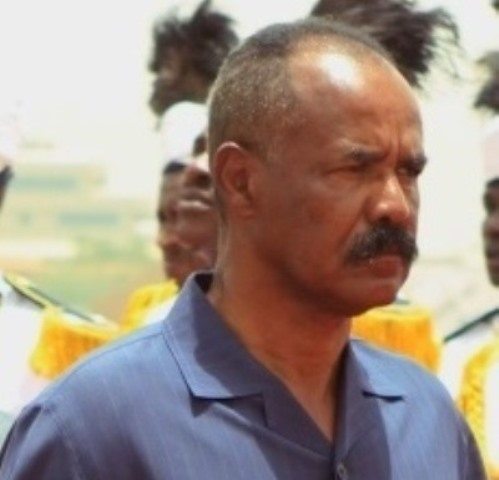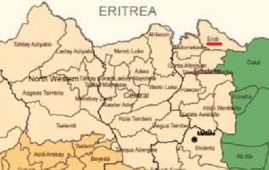The UN theme for International Women’s Day – “Empower rural women – end poverty and hunger”, probably does not mean much to people like Hani Issa, a woman in rural southwestern Niger trying single-handedly to feed her seven grandchildren.
Six months ago, when the rains failed, the able-bodied men in her extended family (farmers) headed for the nearest town, leaving her to figure out how to feed those left behind. The men only rarely send money, forcing her to walk several kilometres most days to try and find wild leaves and fruits for her family. Other days she just begs.
Hundreds of thousands of impoverished rural people across the world like Issa are feeling the effects of increasingly erratic weather.
At a climate conference in the Rwandan capital Kigali recently, aid workers and disaster experts talked about the possibility of yet another drought in the Horn of Africa, and about empowering women like Issa. Stories were recounted of women left to fend for themselves and their children after a drought or floods in Rwanda, Kenya, Uganda and Ethiopia.
What if a woman like Issa owned a piece of land or livestock, or had access to some credit? What if she were taught a skill which could help her earn an income? What if she knew about drip irrigation – could she use the water from the well in her village to grow some vegetables? These were some of the issues raised.
Uma Lele, a former senior adviser to the World Bank due to take part in the Global Conference on Women in Agriculture (in India, 13-15 March), says such questions have been discussed many times. “Men have been migrating from rural areas leaving women to tend to farming and the household for many, many years.”
Renewed interest
In the past few years, sparked by two recent food crises, aid and development workers have been focusing their attention on agriculture; droughts linked to climate change, forcing men to seek alternative livelihoods away from home; HIV/AIDS, which has hit the agricultural workforce, particularly in southern Africa; and nutrition and food quality.
Recent studies by the Food and Agriculture Organization (FAO) and the World Bank, have highlighted the key role in agriculture played by women.
Women make up 43 percent of the agricultural labour force in developing countries, said FAO’s 2010-2011 annual report. “In some countries it [proportion of women in agriculture] is as high as 70 percent or even 80 percent,” said Lele.
The FAO report said that if women had the same access to agricultural inputs as men, they could increase yields by 20-30 percent, and raise total agricultural output in developing countries by 2.5-4 percent, and potentially reduce the number of hungry people in the world by 12-17 percent.
Closing the gender gap in terms of access to agricultural inputs alone could lift 100-150 million people out of poverty, said FAO.
New report
A new report by International Food Policy Research Institute (IFPRI) entitled Engendering Agricultural Research, Development and Extension, which will be a main point of discussion at next week’s conference in India, calls for a more gender equitable agriculture.
The development of homestead gardens should get the same attention from policymakers as male-dominated aspects such as cash-crops, says the report, which calls for an expanded concept of the food sector – to include staple crops, but also fish, livestock, gardens, the nutritional value of food and the use of water.
Noting the correlation between high levels of gender inequality and hunger in some countries, it urged the provision of microcredit, skills and training, as well as opportunities for land and livestock ownership, to women farmers. It called for more investment in women agricultural scientists, who would be more sensitive to the needs of women in agriculture; and it said attention should be given to food processing – among other things in order to reduce food losses, preserve the nutrient content of food, ensure food safety, reduce drudgery, and free up women’s time for other activities.
But the best way to empower rural women is to provide education and a voice. “Women, if given the tools can help themselves,” said Lele.
***********
This article first appeared on March 8, 2012 on IRIN (the humanitarian news and analysis service of the UN-OCHA), with the title ‘Food: Reduce hunger, nurture women farmers’. Items from IRIN are published in this blog with a written permission. Yet, this doesn’t necessarily indicate an endorsement of the claims therein.
Check the Hunger archive or the Agriculture archive or the Women archive for related posts.






1 Comment on this post
Comments are closed.
Leave a Comment